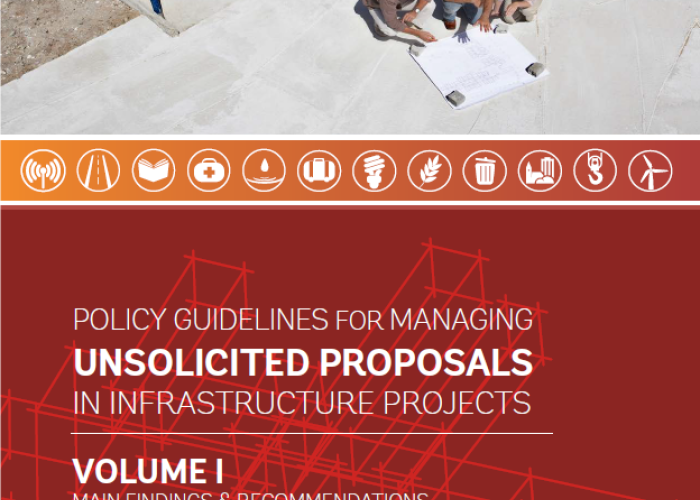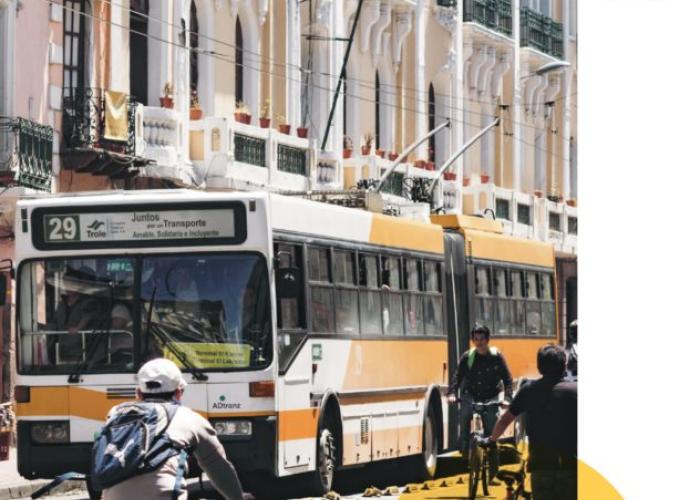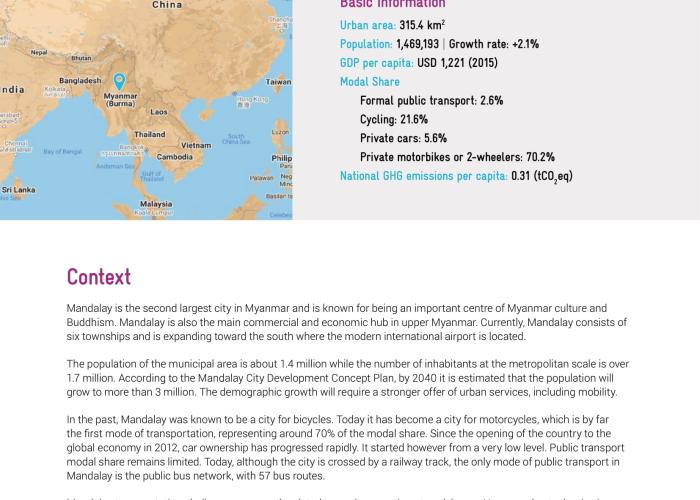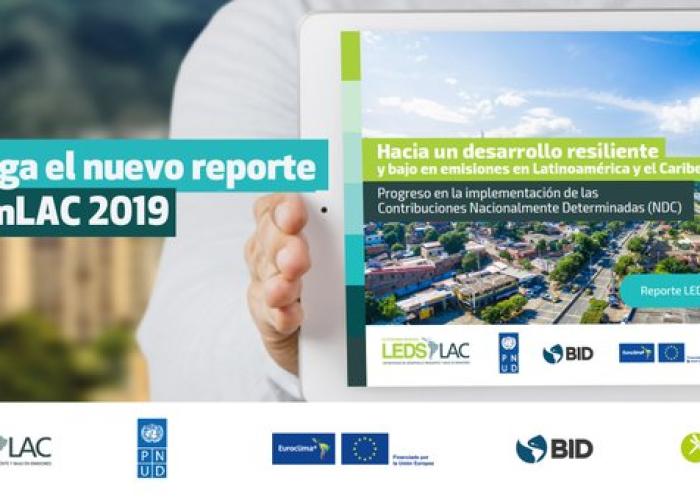The Only Way to 1.5°C
The impacts of climate change are already wreaking havoc on ecosystems and economies. To meet the goals of the Paris Climate Agreement and for a chance of limiting global warming to less than 1.5°C, governments worldwide will need to use every possible policy tool to reduce emissions from urban transport.
However, neither vehicle electrification nor mode shift is sufficient alone: the world needs both. In a recent study, researchers from ITDP and the University of California, Davis have found that the only way to prevent the worst effects of climate change is to engage in a comprehensive strategy of compact, mixed-use cities built around walking, cycling, and public transit, combined with investments in electric vehicles.
Cities must be built and designed differently to effectively reduce emissions and air pollution. Urban planning policies that make it easier to travel without a car are paramount. These policies include:
● Dense, mixed-use, transit-oriented development;
● Reallocation of space from cars to sidewalks, protected bicycle lanes, and public transit;
● Shifting funding from highways and roads to mass public transit.
If cities around the world employ those policies while also switching to electric vehicles, emissions from urban passenger transport would fall to a level consistent with limiting global warming to less than 2°C — and possibly less than 1.5°C.
Click here to read the report



